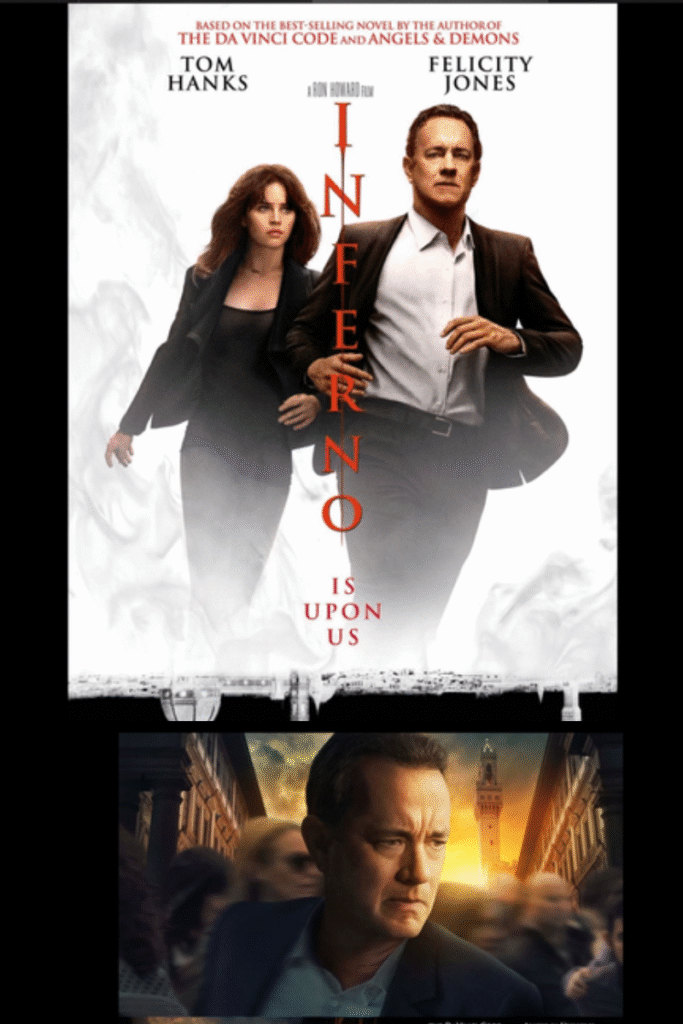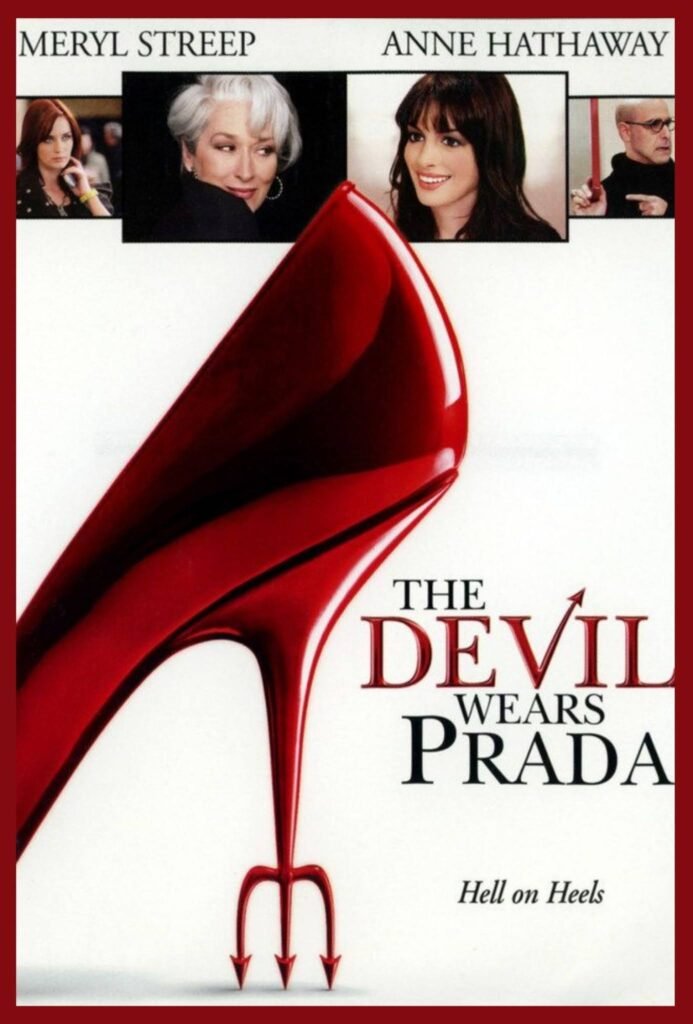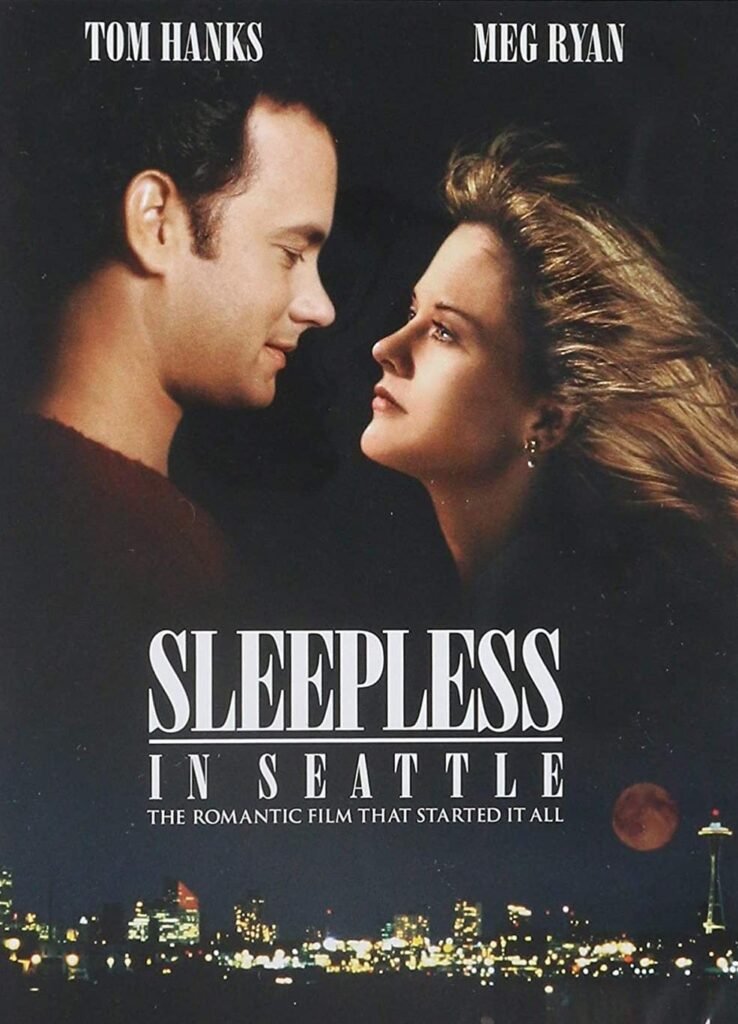INFERNO: Film Review through a
Postmodern lens
YEAR OF RELEASE 2016
GENRE Mystery/Adventure
DIRECTED BY Ron Howard
STARS Tom Hanks, Felicity Jones, Sidse Knudsen, Irrfan Khan

Both in terms of plot and screenplay, Inferno comes off as a typical
postmodern work. Undecidability, a key factor that splits the text and
makes it disorderly, is obvious in the movie. Wouldn’t it have made more
sense if Zobrist had released the pathogen immediately, or at least left the
potent virus with one of his allies for easy access and release? But since
the movie would be over in 10 minutes if he’d done that, he instead
illogically plots out a complicated puzzle for his lover where she is
required to follow the breadcrumbs to determine the whereabouts of the
deadly strain which turns out to be lodged in a different country altogether.
He and his girlfriend used to play treasure hunts—understandable, but his
main objective of having synthesized the virus and doing himself in for it was to save the world, as he claimed, or was it to put his lover on an
almost unachievable chase?!
The Postmodern approach challenges the notion that reason and rationale
underpin all aspects of life. This is evident in the movie based on Dan
Brown’s novel with the same name, where all reason is suspended when
Zobrist decides that the only way to save life and humanity is to kill it. In
his understanding, Zobrist doesn’t seem to have any consideration for
human life or considers it least essential to the survival of lifeforms on
earth, representing a very avant-garde outlook that assumes there is
nothing necessarily essential about human beings—that humans are but a
small part of the much larger scheme of things.
The movie sets off by highlighting overpopulation as a cause of our
impending doom, making the viewers actually worry about the possibility
of such an event, and then the whole issue is put on the back burner when
the race to save or destroy the world from a deadly virus takes the centre
stage. The objective of the movie and its major concern, therefore, is
evidently blurred, which is a characteristic feature of postmodernism that
is marked by fragmentation with scattered origins and ends, without any
assurance of a centre or destination.
Talking of how the movie unfolds, it may not have enough elements to be
labelled a “meta-narrative”, but certainly exemplifies intertextuality, with
the whole puzzle to ascertain the whereabouts of the virus being based on
Dante’s Inferno and Botticelli’s Map of Hell. Narrative ambiguity can be
seen bewildering the viewers, at least briefly, making them reflect and
trace all that they had watched to make complete sense of the plot, though
certain loopholes can also be identified through diligent reflection.
Postmodernism also produces multiplicity and a pluralistic vision of the
world, much like Zobrist’s view in the movie, that can be seen at polar
opposites with Professor Langdon’s and WHO’s suits who race against
Zobrist’s followers to save the world by getting to the virus and
neutralizing it before the damage was done, while the dead scientist
believed the way to stop further damage was by extinguishing all
mankind!
Towards the end, the struggle for the containment unit having the viral
culture becomes almost laughable, for it is then that the development of
the storyline assumes a scuffle overworked in many other Hollywood
chase films. Generally speaking, it is an engaging watch, at least for those
who enjoy twisted plots

